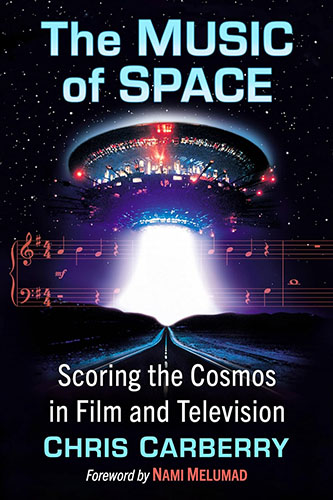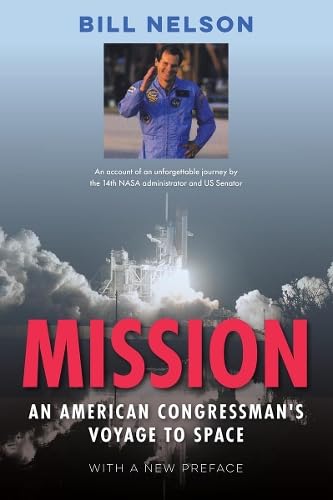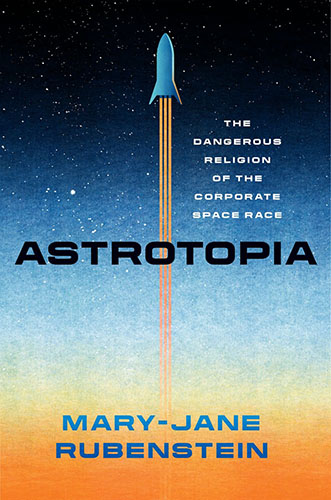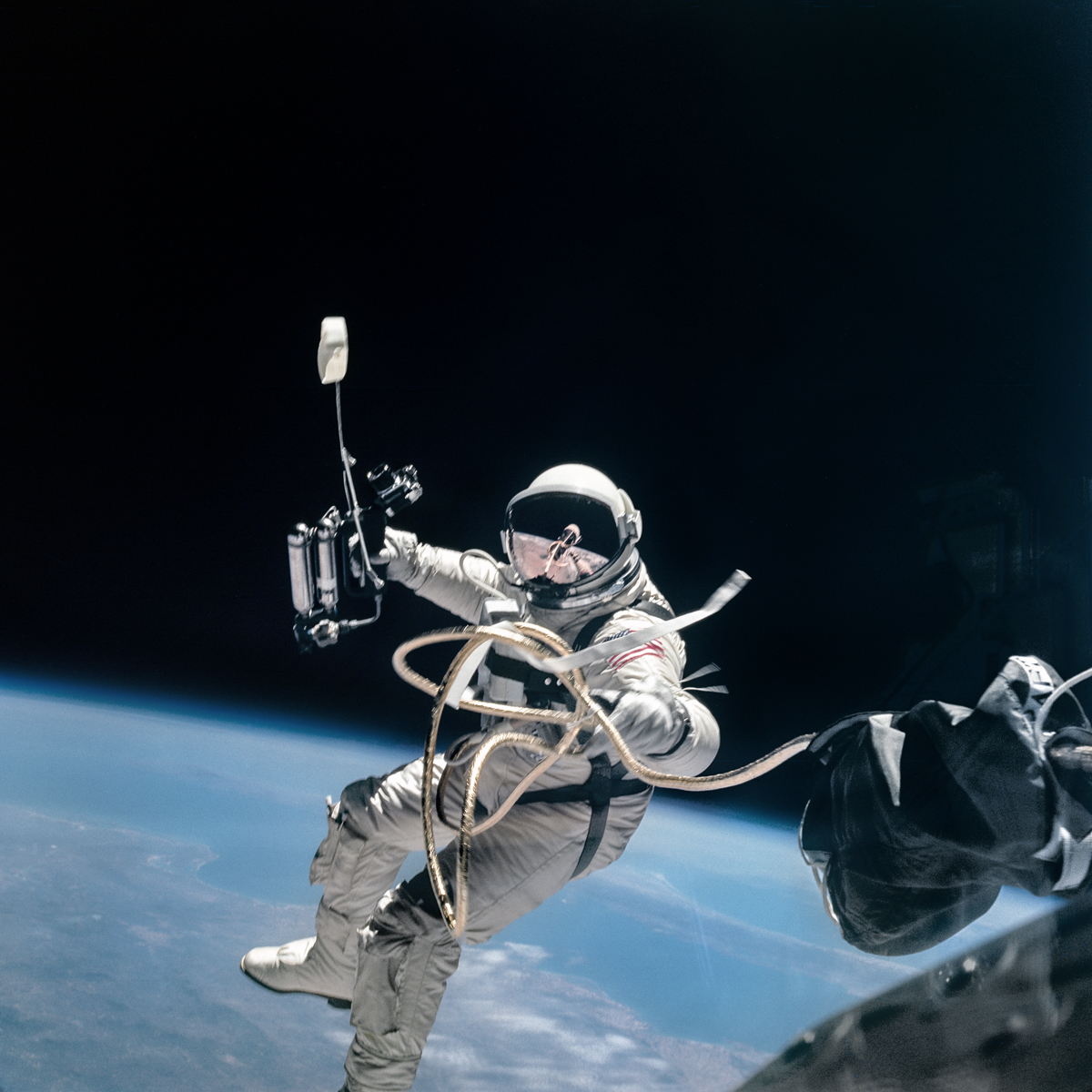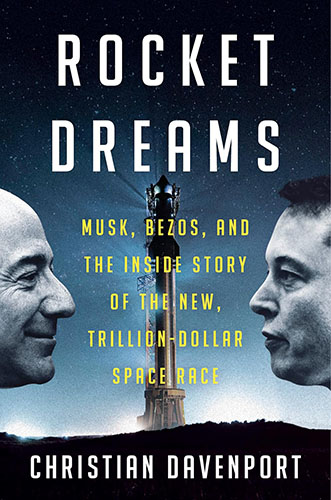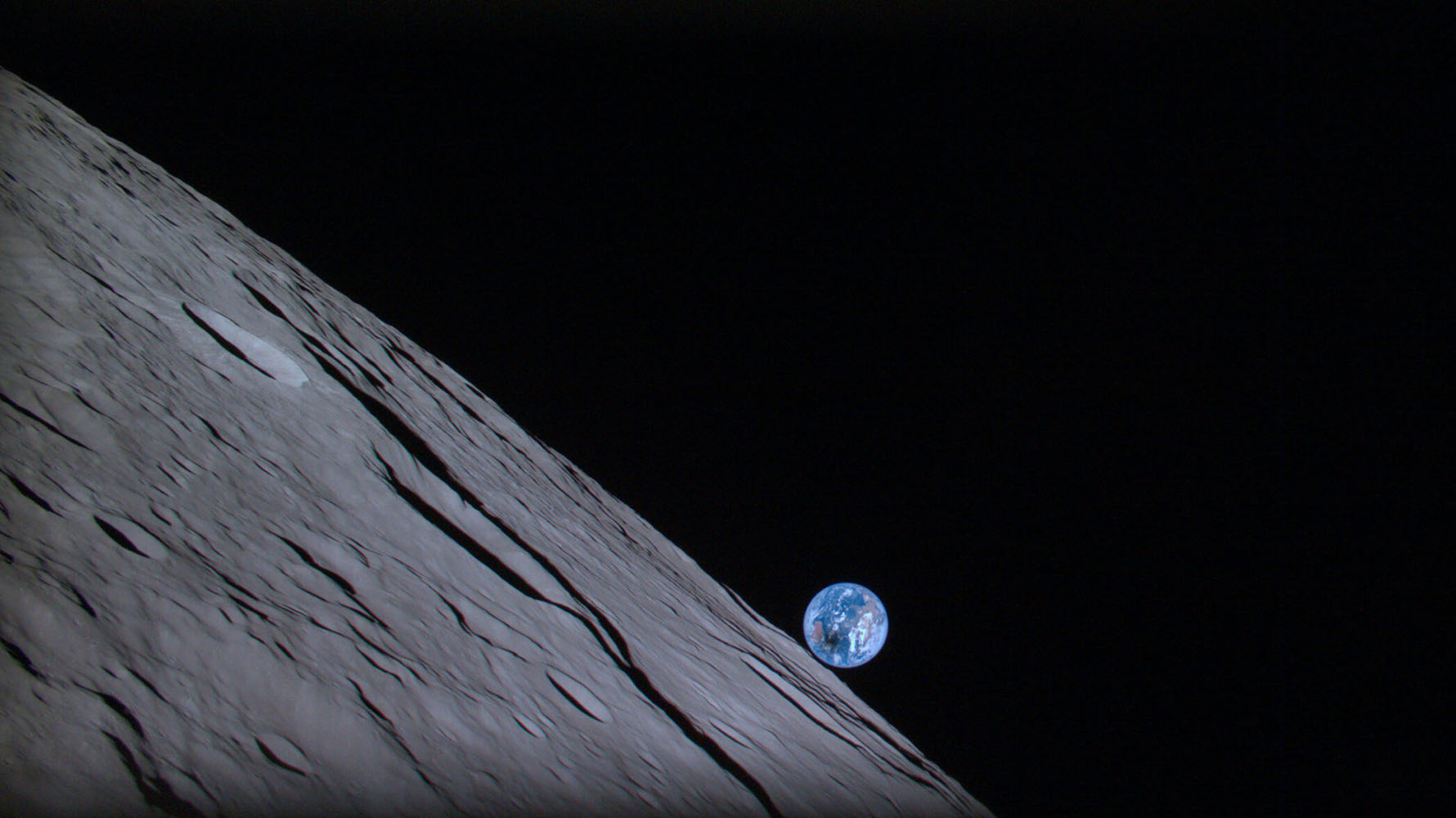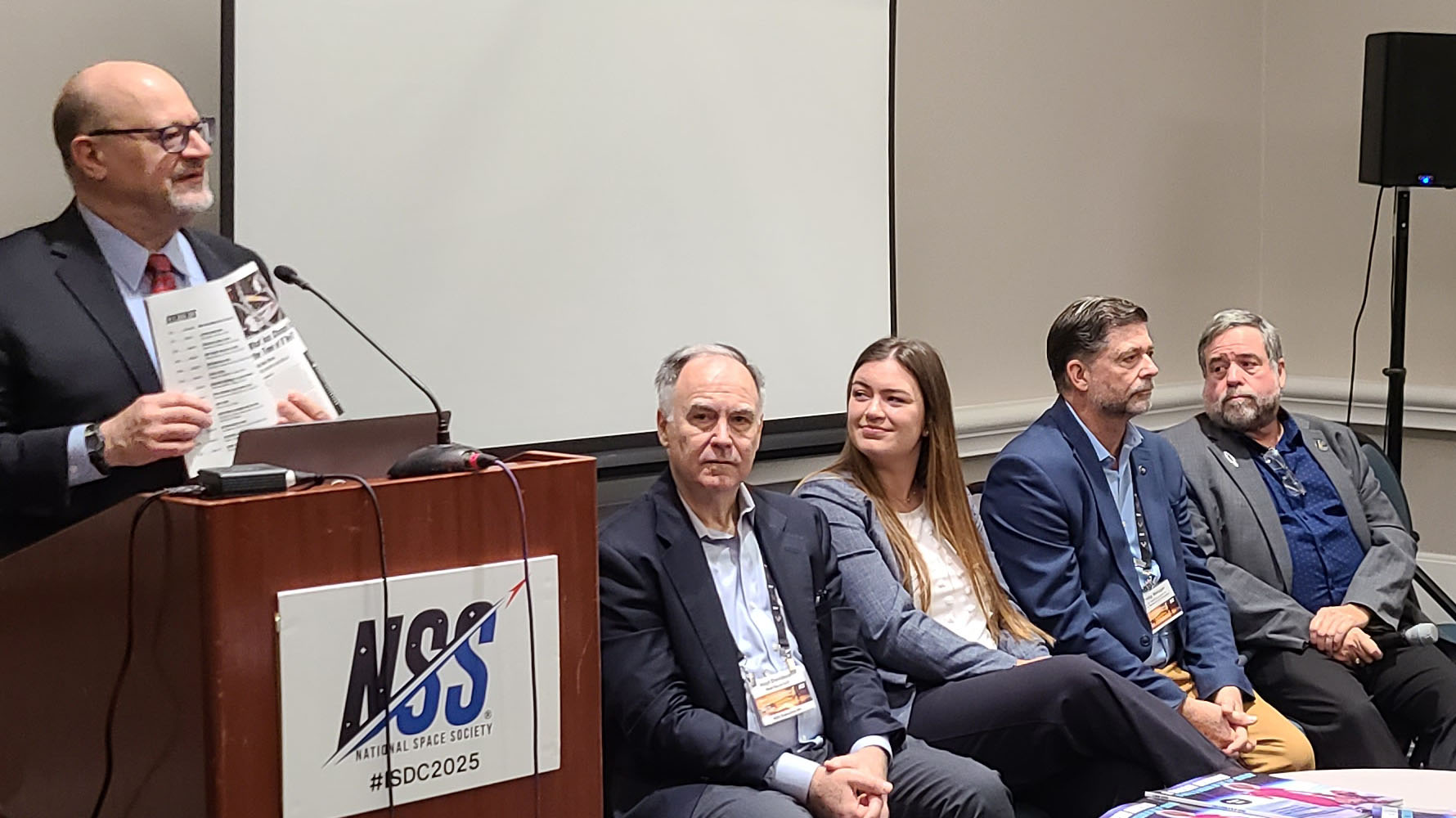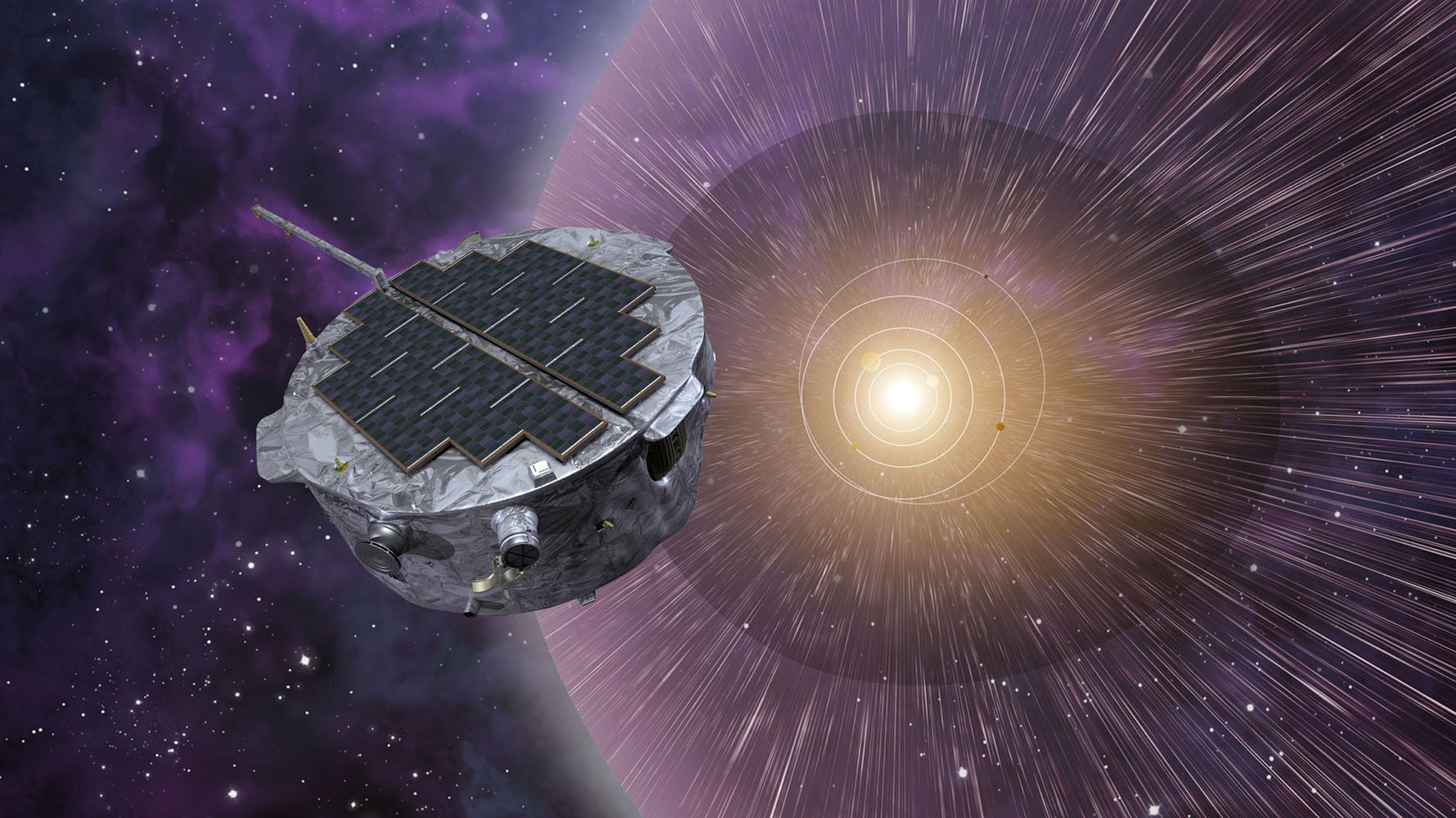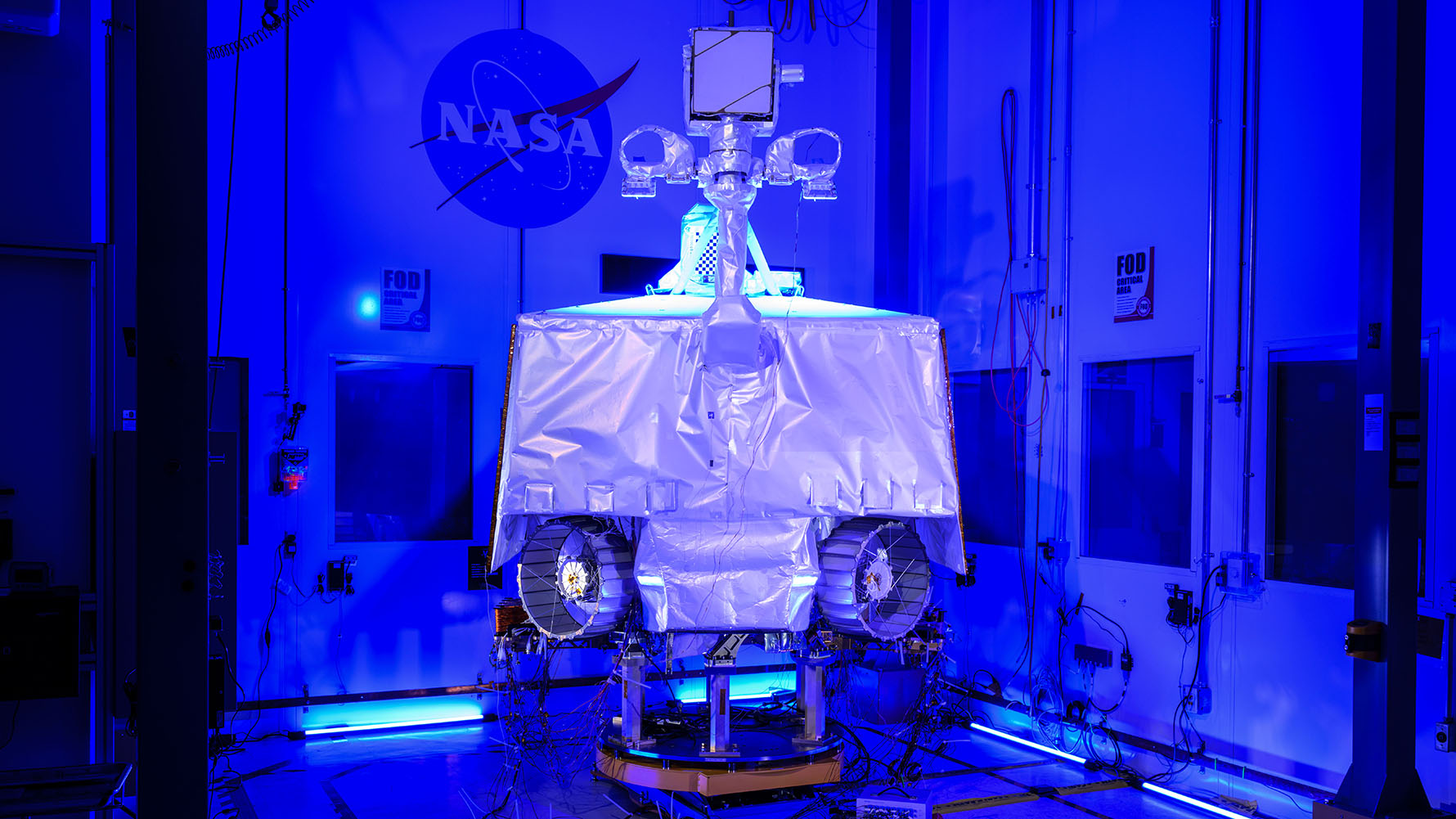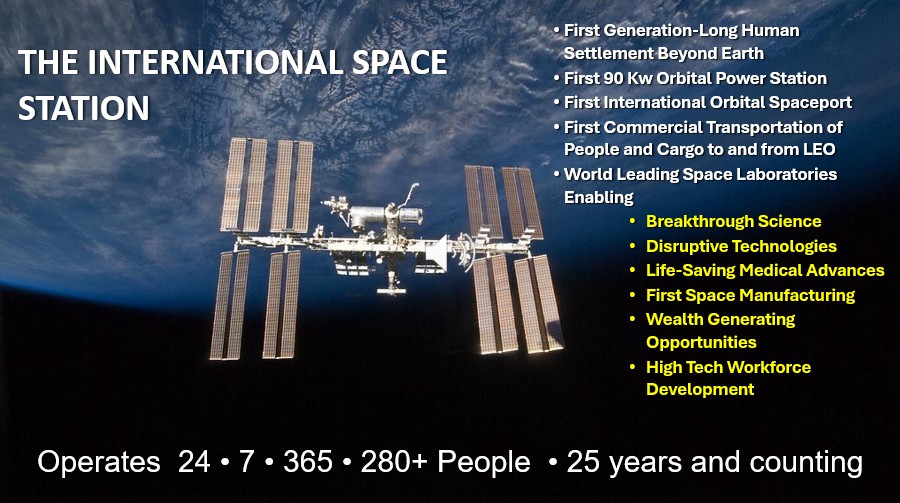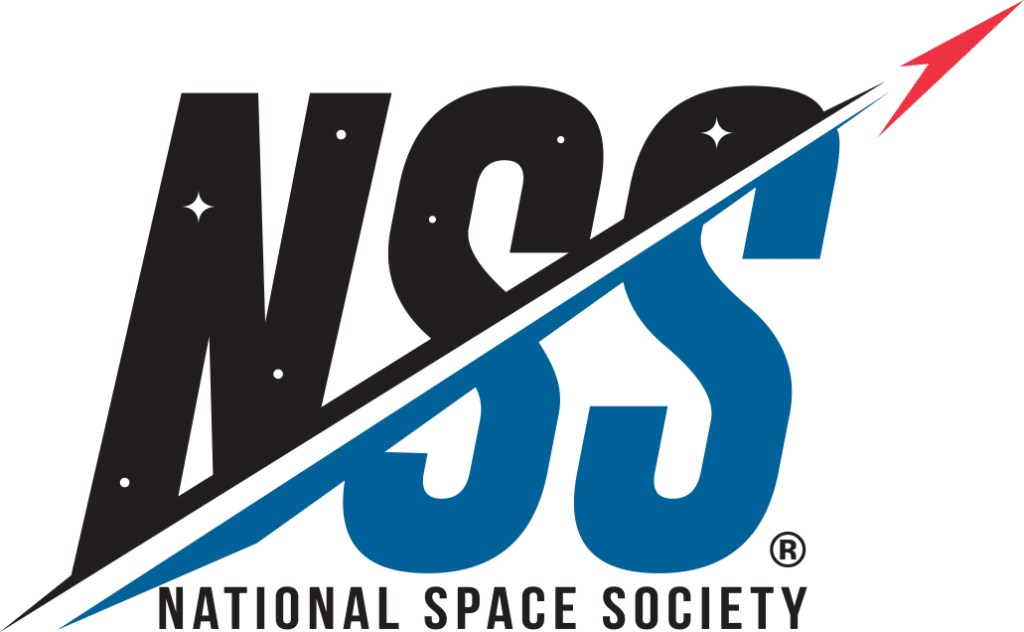Category: Nonfiction
Reviewed by: Peter Spasov
Title: The Music of Space: Scoring the Cosmos in Film and Television
Author: Chris Carberry
Format: Paperback/Kindle
Pages: 307
Publisher: McFarland & Company
Date: March 2024
Retail Price: $39.95\$19.49
ISBN: 978-1476688978
Find this book
When people first told stories of space in moving pictures, music played a key role. Some soundtracks have invoked the profound within us, such as gazing upon the Earth and our Sun rising up from behind the Moon whenever we hear the opening of Richard Strauss’ tone poem, Also sprach Zarathustra, the iconic opening for the film 2001: A Space Odyssey, and inspiration for more to follow. For others, this may be the blaring horns of the Star Wars theme, evoking an interstellar epic. The former inspires awe and the latter, the thrill of contemporary mythology. This is what Carberry’s The Music of Space conveys: how space movies and TV ingrained themselves into our culture.
Chris Carberry, having written numerous articles about space and another book, Alcohol in Space: Past, Present and Future, is also the CEO of Explore Mars. His current book unveils an astounding history of science-fiction cinema and its music in particular. His purpose is to tell us about the composers and other influencers who have shaped the sounds of space-related film and TV. He will also educate the reader about the art of composing music to enhance the art.
The history begins with rocketry, such as Tsiolkovsky’s theory of multi-stage launches and Goddard’s experiments in liquid-fueled propulsion. Prior to the first science-fiction film there were musicals and opera. Hence these traditions influenced the musical scores of early sci-fi films. For instance, the 1936 film Things to Come, based on an H.G. Wells book, foresaw a future of societal collapse followed by a triumph of technology and a lunar mission. The composer, Arthur Bliss, strived to closely interweave his musical spectacle with the picture sequences. Carberry reveals the process, drama and the earlier musical influences upon the score, such as Tchaikovsky and Wagner. The author will similarly detail the back stories and creator interactions for numerous examples throughout the last century to the early 2000s.
In similar fashion, the following chapters chronologically reveal the influences and impacts of numerous films and then later, also TV. During the early 1930s, up to the 60s, composers often employed atonal instrumentation, minor keys and electronic music to convey the alien, whereas the more melodic and major keys accompanied the familiarity of humanity. Carberry offers us a primer on certain musical properties such as leitmotif, whereby a short, recurring musical phrase is thematically associated with a specific character, place, or concept. Star Wars illustrates a prime example: Whenever Luke uses the ‘force,’ the background music becomes the “Force” theme.
During the 60s and 70s, the music tends to be orchestral, although novel instrumentation also gets introduced. This is the beginning of Star Trek with its iconic ‘final frontier’ introducing a utopian exploration with the prime directive of respecting other cultures and also of breaking social barriers. But Carberry devotes the most coverage to Star Wars and its composer, John Williams, who became famous for numerous works. Star Wars has heavily influenced us culturally, such as whimsically celebrating May 4 as Star Wars Day. Subtitled as: A Turning Point in Space Music, this chapter states: “audiences jolted to attention as the fortissimo brassy downbeat of an orchestra thundered,” as quoted by the author. The scores of the entire series and its spinoffs have influenced music well into the present day.
The final chapter is a refreshing change to the preceding details regarding the back story of music in space-related fiction. Instead, this section portrays how music becomes a necessary element when people live and work in space. Here is where the author describes in detail as to how astronaut Chris Hadfield covered David Bowie’s “Space Oddity,” as well as Cady Coleman playing flute aboard the International Space Station. He also describes some of the physics and physiology related to performing in a micro-gravity environment.
However, Carberry could have developed more the possibility of music being a universal language used by other (so far theoretical) sentient species in the universe. His writing style is oft times colorful, but occasionally some biographic details overwhelm. The book includes extensive footnotes, index and some photos. However, given that the book is about sound, I wonder whether a supporting website with audio clips should be included.
For those who love all things space and music, this book can be a worthy addition to one’s library. Having not given much prior attention to soundtracks, I will certainly do so in future. As the quote in the foreword reminds us, people may forget what you have done, but will never forget how you made them feel. And who can forget the sound of a favorite musical score transporting us to a wondrous far beyond?
© 2024 Peter Spasov

